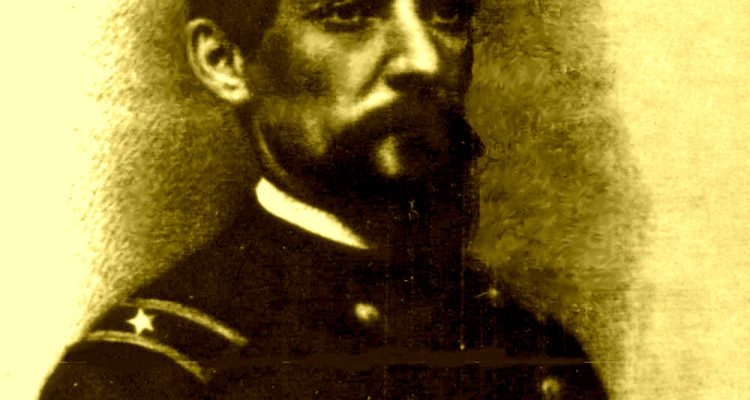One of the old families of importance to the history of West Liberty and of America was the Curtis family. They were descendants of a Welsh gentleman named Sir James Curtis. In 1776, John Curtis joined Smallwood’s Battalion in Maryland. When Washington put out the call for troops later that year, Smallwood’s Battalion became part of the First Maryland Regiment of the Continental Army.
The First Maryland Regiment participated in the battles of New York, Trenton, Princeton, Staten Island, Brandywine Creek, Germantown, Monmouth Courthouse, and Phillip Heights. During those battles, many of the original men who formed the unit were lost. On July 16, 1779, about 150 men from the First Maryland, led by General (Mad) Anthony Wayne, stormed Stony Point on the Hudson River. The attack on the fort was successful, but Sgt. Curtis was wounded in action during the hand-to-hand fighting, which involved the heavy use of bayonets.
After being discharged from the army, Curtis married. He and his wife, Elsie, had a large family, including a son named Josiah. Josiah and his wife Hester also had a large family including sons named George Washington (G.W.) Curtis and William Baker (W.B.) Curtis. The Curtis family moved to West Liberty in 1832.
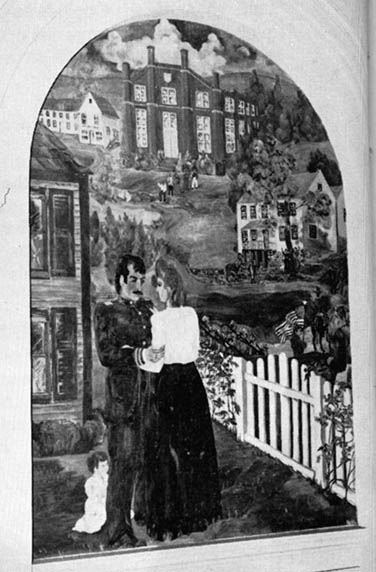
George Washington Curtis was the oldest son of Josiah and Hester. He commanded a Virginia Militia unit where he held the rank of General. From 1846-1848, G.W. Curtis fought in the Mexican-American War under Gen. Zachary Taylor. After the war, his travels took him to California and as far as Australia and the Fiji Islands. By 1860, G.W. Curtis was back living in the West Liberty area, where tensions were high in the Curtis family. Gen. G.W. Curtis and his Virginia Militia were loyal to the State of Virginia and supported the right of the state to secede from the United States. His younger brother, William Baker Curtis, supported the union and had formed a company of men that was part of the “Wheeling Home Guard,” who supported the union. The Wheeling Home Guard attacked Curtis’s militia unit at Bethany and forced them to give up their arms at gunpoint. Many years ago, an old timer from Bethany told me that there were confederate arms hidden somewhere in Bethany. At the time, I did not know of the story about the Militia being disarmed by the Home Guard at Bethany and simply dismissed the rumor! I wonder now if it is true!
Early in 1861, G.W. Curtis was cornered and beaten by a gang of men who were doing construction work on the new building at Bethany College (Old Main), so he left and joined Stonewall Jackson’s army under the command of General Taliferro as private. Taliferro learned of Curtis’s military experience and quickly raised him to the rank of Colonel and made him part of his command staff.
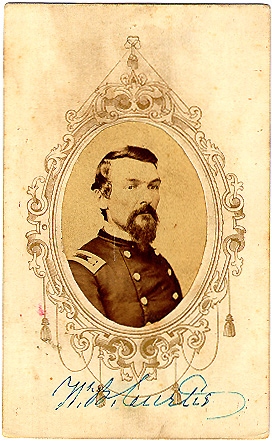
On Aug. 9, 1862, Curtis was in command of units of the 23rd Virginia when they were surprised by a force of Union soldiers, under the command of Gen. Pope, on the northwestern side of Cedar Mountain near Culpepper, Va. The confederates were routed and began to run in confusion. Curtis went about organizing an orderly retreat. He succeeded in getting the 23rd Virginia reformed, but was mortally wounded in the process. He was carried off of the field and died the next day. Jackson ordered a counterattack and drove the Union Army from the area. George Washington Curtis was buried in a mass grave in the cemetery at Culpepper Virginia. Just inside the gate of the old West Liberty Cemetery is a large monument to him which was erected by his family after the war.
G.W. Curtis’s brother, William Baker Curtis, recruited most of the students from the West Liberty Academy into his Wheeling Home Guard unit, which remained loyal to the federal government. Curtis was a delegate to the first Wheeling Convention, which was held to discuss forming a new state in May 1861. When Lincoln put out the call for troops in 1862, Curtis’s Home Guards went to Camp Wiley on Wheeling Island and were mustered in as Company D of the 12th WV Infantry. The Company included two of Curtis’s sons, Eugene and Josiah Montgomery Curtis. W. B. Curtis was commissioned as captain of the unit. Eugene Curtis was captured by the confederates early in the war, and spent many months as a POW in Libby and Belle Island Prisons before eventually being ransomed. After the war, he opened a store in Bethany.
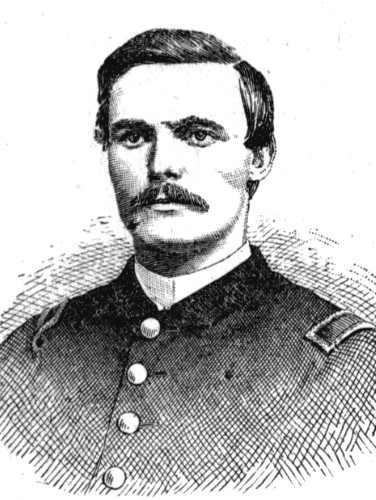
The 12th WV participated in several battles during the Civil War and eventually became part of Grant’s army at the siege of Richmond. By then, Col. W.B. Curtis was in command of a brigade, and Josiah Montgomery had risen to the rank of lieutenant. The siege of Richmond lasted throughout the winter of 1864-65. On April 2, 1865, Grant gave the command to take the city, which was protected on the southwest by a line of earthworks that included Fort Whitworth and Fort Gregg. Fort Whitworth fell on the first assault, but Fort Gregg held. The defenders of Fort Gregg also repulsed the second assault. The third assault was led by the 12th WV and the men under the command of Col. Curtis.
The charge led over about 300 yards of open ground and was followed by scaling the 20-foot earthen wall. Two color bearers were shot from under the flag. Josiah Montgomery Curtis picked up the colors and carried them into the fort. Rifle balls tore through his greatcoat, but he was not hit. Later, he would join Andrew Apple and James McCausland in receiving the Medal of Honor for gallantry under fire at the Battle of Fort Gregg. Today, the National Park Service brochure for the siege of Richmond has a painting of the battle of Fort Gregg on the cover.
That night, Lee pulled his army out of Petersburg while Grant’s artillery shelled the city all night long. The next day, Grant’s army went into Petersburg unopposed. The 12th WV received an inscribed bronze eagle for its flagstaff in honor of its actions at Fort Gregg. President Lincoln was in Virginia at the time. He personally approved the promotion of W. B. Curtis to the rank of Brigadier General.
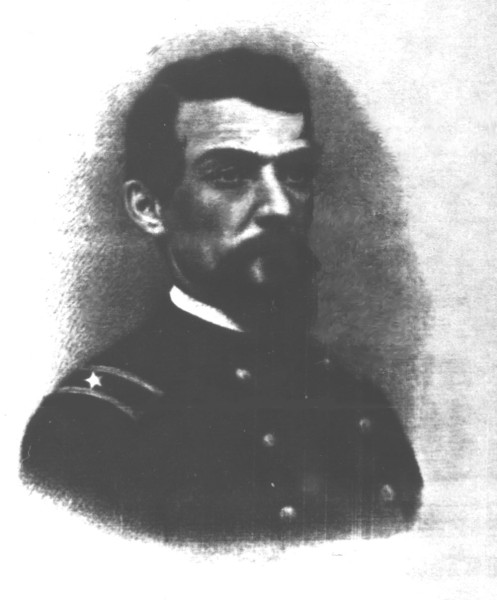
After the war, Lt. J.M. Curtis went to medical school at Miami University in Ohio, where he graduated first in his class. He practiced medicine in Moundsville until his death. He is buried in the old West Liberty Cemetery. After the war, Gen. W.B. Curtis was elected to the West Virginia Legislature and was instrumental in getting the state to purchase the West Liberty Academy for its debt, thereby making it West Virginia’s first state institution of higher education. Gen. and Mrs. Curtis’s home was known as Liberty House and served as the gathering place for students. The Curtises always hosted the formal graduation dinner every year. Curtis Hall on the West Liberty University campus is named for Gen. Curtis. Gen. and Mrs. Curtis are both buried in the old West Liberty Cemetery.

Gen. and Mrs. Curtis’s youngest daughter was Maude Curtis. Maude Curtis graduated first in her class at West Liberty Normal School and then taught for many years at the West Liberty Elementary School. At the time of this writing, there are individuals living in West Liberty who had Miss. Maude as their teacher!


